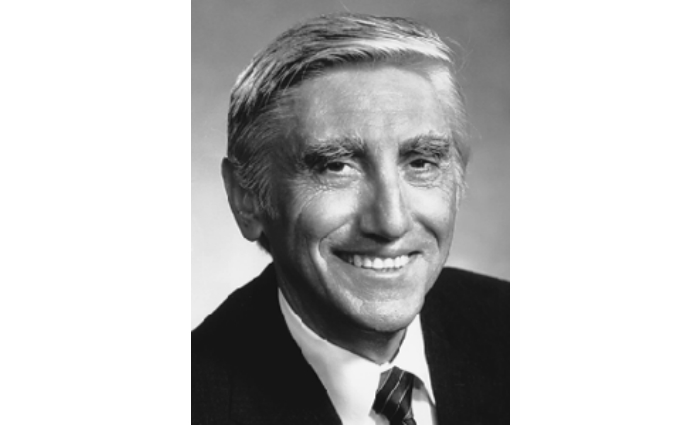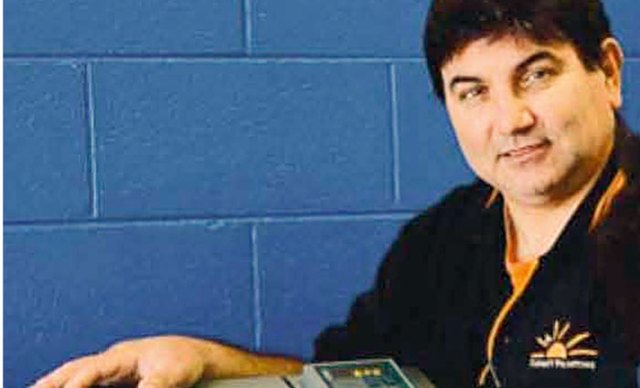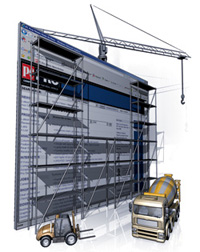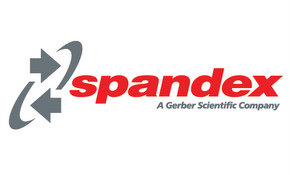
Later this year, Yale University Press will publish a biography of a person who truly made a difference in the printing industry.
H Joseph Gerber (1924–1996) founder of the Gerber Scientific Instrument Company, was imprisoned in an Austrian labour camp at the age of 13, and in 1940 he and his mother fled war-torn Austria to the United States. After completing high school in just two years, he entered Rensselaer Polytechnic Institute (RPI) on a scholarship, graduating with a Bachelor of Science degree in 1946.
In his third year at RPI, Gerber invented the Gerber Variable Scale. With a $3000 investment, the Gerber Scientific Instrument Company was born.
Joe was a true innovator. He developed technology for automated devices that could cut cloth or other materials for the garment industry. Gerber developed expertise in techniques to convert numbers to designs and designs to numbers. In the mid-1960s, the company used this skill to develop a numerically-controlled device that could automatically draw a precise engineering design on the basis of digital information.
Gerber modified its automatic drafting equipment, replacing the pencil with a beam of light. This allowed for the automatic production of printed circuitry. The light produced a design on a photographic negative, used to make a master plate for printed circuit boards.
In 1980, he introduced a method for making overlay masks for exposure of printing plates using a photo plotter having an optical exposure head to precisely expose photosensitive film in a predetermined mask pattern. The pattern included knock out windows for cropping pictures in both gray and colour halftones, and line work such as framing for pictures and other printing matter.
Gerber acquired Eocom in 1984 and began developing CTP technology. The Crescent CTP was among the first commercially-available direct platesetters and was shown in 1991. To Joe it was just another plotter and in 1998 he sold the unit to Barco Inc.
Gerber pioneered CTP and today almost all printers and newspapers use it. His Autoprep was the first computer-automated system for production printing and represented the beginning of automated prepress. AutoPrep was designed to manage the entire digital workflow of a printing operation and addressed all aspects of prepress production – preflight, trapping, imposition, ripping and archiving.
Gerber’s photo plotter (used for making maps) was the first computerised product used to automate the prepress printing process and was essentially the first filmsetter (although not a text-setter).
Gerber’s innovations included plotting, CAD, pattern making, sign making (including cutting stencils for screen-print screens), billboard printing, as well as the photo plotter, AutoPrep, and Crescent platesetter, and ScreenJet direct-to-screen device.
All are a significant part of the printing industry’s history. The reason you can get your eyeglasses in an hour is because of his optical grinding systems.
From the horrors of the Holocaust to Ellis Island to the pages of Fortune magazine, Joe Gerber invented the future. His technologies automated many industrial operations and revolutionised manufacturing workflows. These technologies allowed businesses to compete and prosper.
Joe Gerber truly made a difference.
Comment below to have your say on this story.
If you have a news story or tip-off, get in touch at editorial@sprinter.com.au.
Sign up to the Sprinter newsletter



